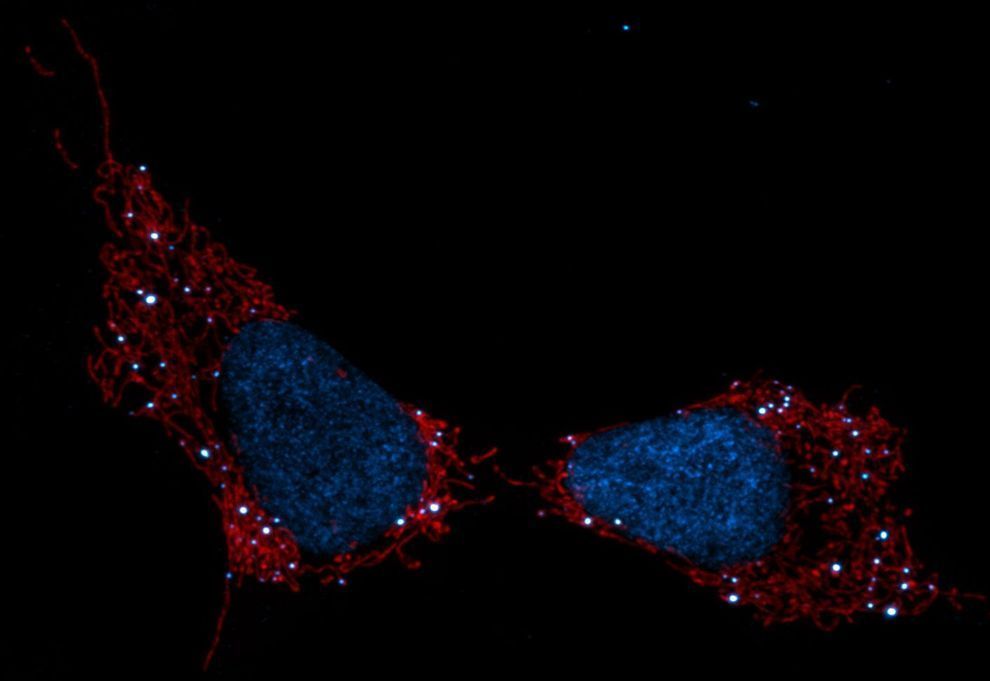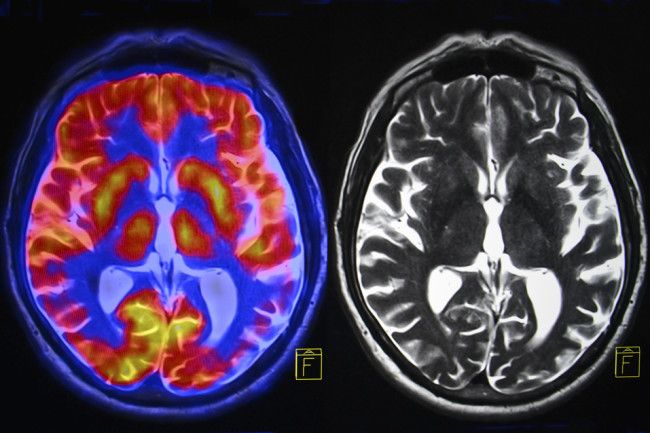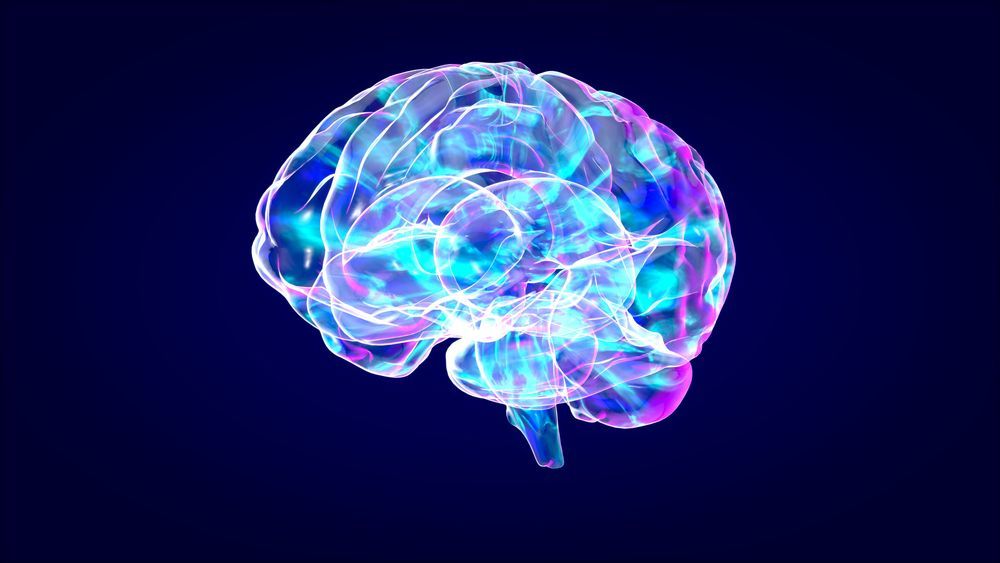Category: biotech/medical – Page 2,502

Ending Age-Related Diseases: 2020
We will be returning in 2020 to host our third conference in New York City and brings together the leading experts in aging research and biotech business and investment. Building on the success of our 2018 and 2019 conferences we will continue to bring you the latest research, business, and investment talks from some of the top leaders in their fields.
We will be releasing more information about the conference in the coming months as we confirm speakers, venue, and dates. If you would like to stay informed about developments and ticket offers you may wish to sign up for the conference mailing list below.

To Prevent Deadly Infections, F.D.A
Approves the First Disposable Scope - via The New York Times #perpetuallife
https://www.nytimes.com/2019/12/13/health/disposable-duodeno…tions.html
Reusable duodenoscopes infected patients in a series of notorious outbreaks. Now there s a disposable model to be used just once.

Study shows how mitochondria can shield cancer cells from chemotherapy
Chemotherapy is a powerful weapon in the fight against cancer, but the complex nature of the disease means that it doesn’t always produce the desired result. Scientists at the Salk Institute have been researching some of the cellular processes behind these evasive abilities, uncovering a new mechanism that could pave the way for new treatments that see chemotherapy maintain the upper hand.
The work was carried out at the Salk Institute’s Molecular and Cell Biology Laboratory, where medical scientists led by Gerry Shadel set out to investigate the role mitochondria might play in the effectiveness of chemotherapy.
Mitochondria is best known as the power generator of the vast majority of cells, but the scientists have found that it can also act as an early warning sign when something’s not quite right. While most of the DNA we carry is packed inside the nucleus of the cell, mitochondria packs its own small set of DNA, called mtDNA.

New CRISPR-based system targets amplified antibiotic-resistant genes
Taking advantage of powerful advances in CRISPR gene editing, scientists at the University of California San Diego have set their sights on one of society’s most formidable threats to human health.
A research team led by Andrés Valderrama at UC San Diego School of Medicine and Surashree Kulkarni of the Division of Biological Sciences has developed a new CRISPR-based gene-drive system that dramatically increases the efficiency of inactivating a gene rendering bacteria antibiotic-resistant. The new system leverages technology developed by UC San Diego biologists in insects and mammals that biases genetic inheritance of preferred traits called “active genetics.” The new “pro-active” genetic system, or Pro-AG, is detailed in a paper published December 16 in Nature Communications.
Widespread prescriptions of antibiotics and use in animal food production have led to a rising prevalence of antimicrobial resistance in the environment. Evidence indicates that these environmental sources of antibiotic resistance are transmitted to humans and contribute to the current health crisis associated with the dramatic rise in drug-resistant microbes. Health experts predict that threats from antibiotic resistance could drastically increase in the coming decades, leading to some 10 million drug-resistant disease deaths per year by 2050 if left unchecked.

Science Saturday: Mayo Clinic advances pain management beyond opioids
The National Institutes of Health (NIH) estimates that in 2018, over 10 million teens and adults misused opioids. The prescription of opioids to treat patient pain is one of many factors contributing to this epidemic; to solve it, a multipronged approach is needed.
Two new Mayo Clinic studies — one in clinical practice and one in the laboratory — could offer new solutions to help patients manage pain without the use of opioids. These projects have been singled out for federal funding under the NIH’s Helping to End Addiction Long-Term (HEAL) Initiative, a multimillion dollar, multiorganizational approach to providing pain-treatment alternatives and turning the tide on the opioid crisis.
“Opioids remain one part of the continuum of pain treatment,” says Andrea Cheville, M.D., a rehabilitation physician at Mayo and member of the National Academy of Medicine. “There are other options that work as well, or better in some cases, with fewer risks. Our new research mirrors a broad Mayo priority — finding the safest, most effective way to help our patients manage acute or chronic pain.”
Dr. David Sinclair Webinar – Lifespan: Why We Age – and Why We Don’t Have To
As part of the LEAF Longevity Bookclub and to celebrate the launch of Dr. David Sinclair’s new book, Lifespan: Why We Age and Why We Don’t Have To, we hosted a special webinar on the 18th of September. The new book takes us on a journey through the biology of why we age and spotlights the exciting research being done in the lab today which could potentially change the way we treat the diseases of aging.
Dr. David Sinclair is a professor of genetics at Harvard Medical School. One of the leading innovators of his generation, he has been named by Time as “one of the 100 most influential people in the world” and in the top 50 most influential people in healthcare. He is a board member of the American Federation for Aging Research and has received more than 35 awards for his research and major scientific breakthroughs. Dr. Sinclair and his work have been featured on 60 Minutes, Today, The Wall Street Journal, The New York Times, Fortune, and Newsweek, among others. He lives in Boston and enjoys hiking and kayaking with his wife and three children.
Multiple prominent personalities and channels, including Joe Rogan, David Pakman, and Utah Public Radio, have interviewed him about his book, and we took the opportunity to allow the community to directly contact him. The webinar was an open event that offered up to 100 people a chance to join the video conference with Dr. Sinclair and to participate in the Q&A session following a reading of some of the exciting sections of the new book. We are delighted to announce that the webinar was an outstanding success, with over 90 people joining the call live to take part as well as many more watching via the livestream on our Facebook page. Five lucky attendees also won a copy of the book courtesy of Dr. Sinclair, and we would like to thank him for this kind offer as well as for taking the time to conduct this webinar with us.


Insights into anti-aging properties of experimental Alzheimer’s drug
Scientists from the Salk Institute for Biological Studies are homing in on exactly how two new experimental Alzheimer’s drugs could be generating the anti-aging effects seen in early animal studies. The discovery of a unique metabolic pathway, associated with both general aging and the onset of dementia, offers researchers novel directions for future anti-aging studies.
Salk researchers have been developing two experimental drugs for several years with a view on improving cognition and slowing the neurodegenerative decline associated with Alzheimer’s disease. Called CMS121 and J147, the drugs were effective in slowing the progression of Alzheimer’s in initial animal tests. However, the compounds also seemed to demonstrate signs of slowing down general markers of brain aging.
As the two drugs move toward human trials, the researchers have been working to uncover exactly what molecular mechanisms are at play to explain how they work. One potential mechanism was uncovered in early 2018 but that was only part of the story. Now, the Salk team has uncovered an exciting new molecular pathway, influenced by the two drugs, that could explain how the compounds slow down brain aging.